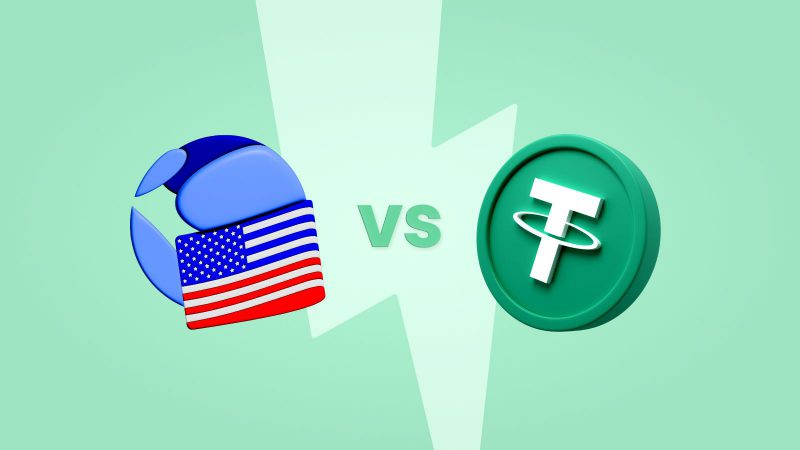Tether and Bitfinex CTO, Paolo Ardoino, was the latest guest on the Reimagine Unplugged podcast this week, where he spoke about the UST-LUNA crash, and shared his opinion about the same.
The Terra (LUNA) project, according to Ardoino, was not intended to be a rug pull but was just poorly conceived. Ardoino compared its algorithmic stablecoin TerraUSD (UST) to a “castle of cards” that could collapse at any time in response to the Terra ecosystem’s market-shattering disaster.
Ardoino says that Do Kwon, the founder of Terraform Labs, was probably misguided by his self-belief. Regarding the spiraling fall of UST-LUNA, Ardoino said,
“They were basically in a cascade situation where they had to defend the peg so they have to sell the collateral and selling the collateral was causing additional crashes and these additional crashes were pushing them to sell more or collateral and so on and so forth,”
Additionally, in a recent interview with Forbes, Avalanche founder Emin Gün Sire compared the Terra (LUNA) and UST crash to the Mt Gox hack of February 2014. Having opened in 2010, Mt Gox was handling over 70% of global Bitcoin transactions by early 2014.
Sire went on to say that Avalanche had decided to form a partnership with Terra, which proved to be difficult.
How is Tether (USDT) different from UST?
The collapse of Terra USD has tarnished the image of stablecoins and the crypto industry as a whole. Tether, on the other hand, claims to be different to remove itself from the consequences.
Tether points out in a recent blog post that, as a collateralized stablecoin, it differs from UST, which uses an algorithm to maintain its dollar peg. The term “collateralized” refers to the fact that the USDT token is backed by assets like dollars and cash equivalents. Despite years of volatility in Bitcoin (BTC), USDT has remained the major source of dollar-based liquidity, according to the blog post.
The article went on to critique algorithmic stablecoins, alleging they had a poor track record and a history of failure. It also cited a study from the University of Calgary that described them as naturally fragile and susceptible.
Despite the panic selling, Ardoino indicated in a Twitter Spaces episode that Tether had enough liquidity to honor redemptions at $1. As a consequence, despite fluctuations in currency values, there was never a problem.
On May 12, the USDT strayed considerably from its $1 peg price. On that day, the USDT price plunged as low as $0.9409, instilling dread in markets already reeling from the UST debacle. The USDT was returned to its peg price following the public address by Tether.
At press time, Tether (USDT) was trading at $1.





